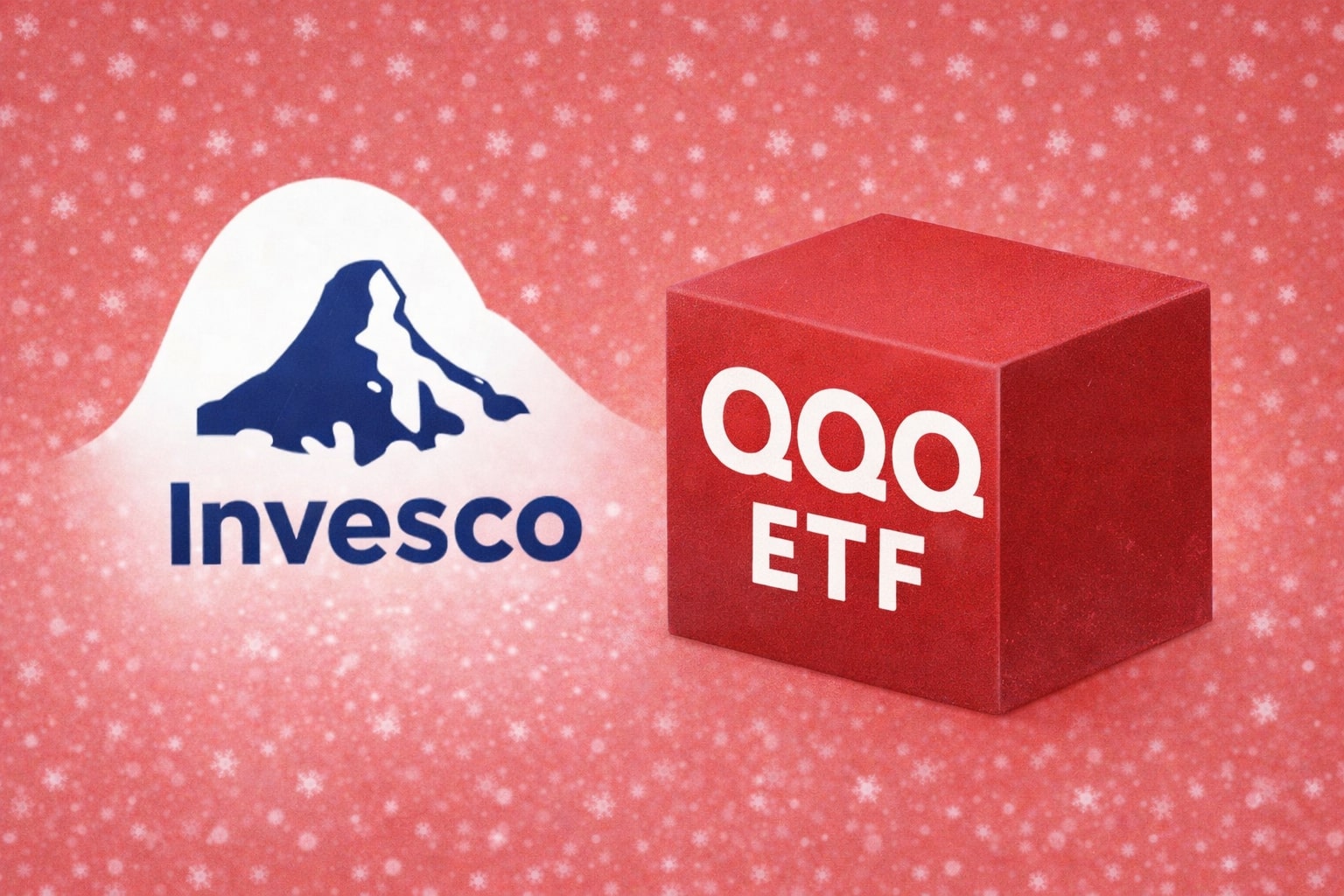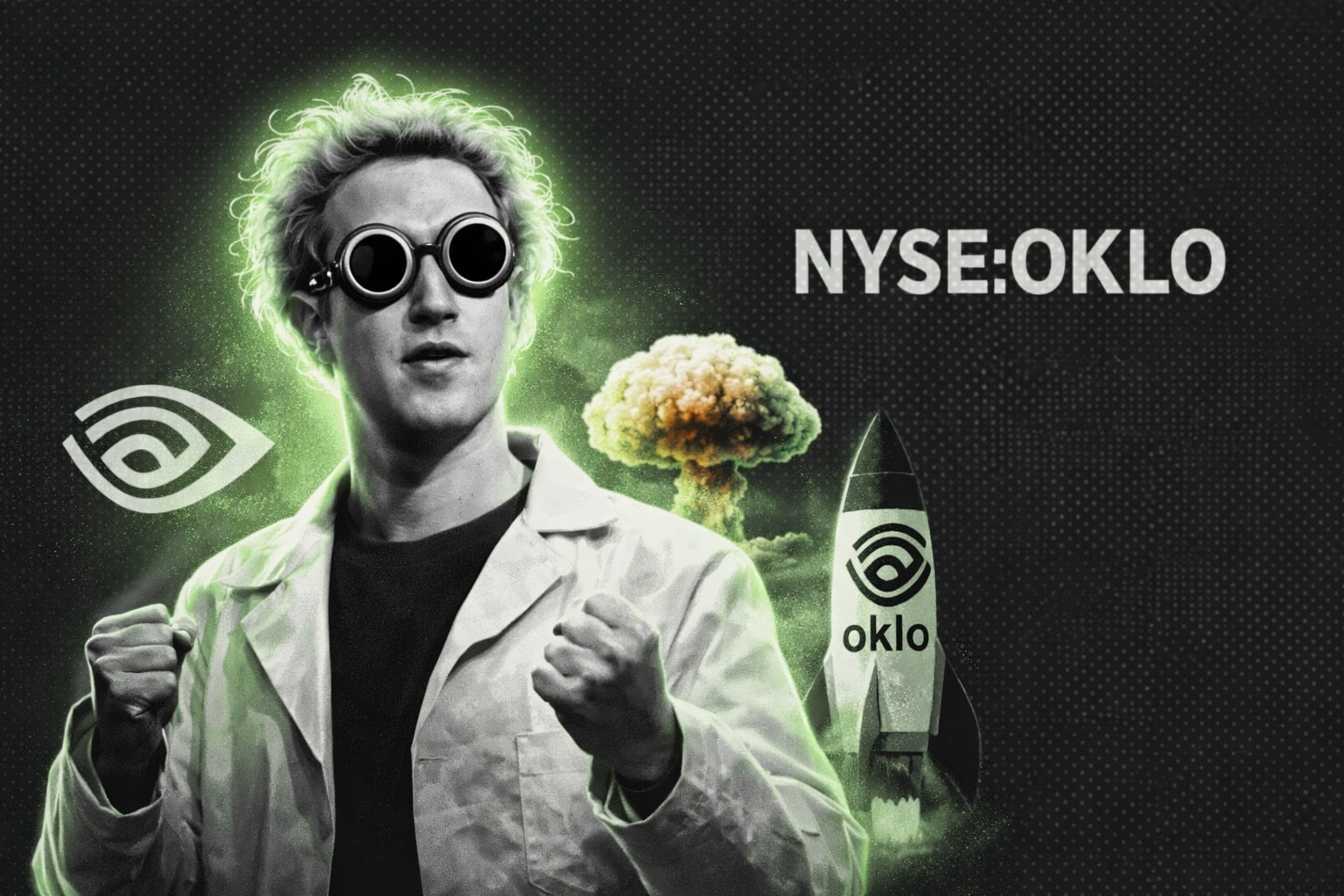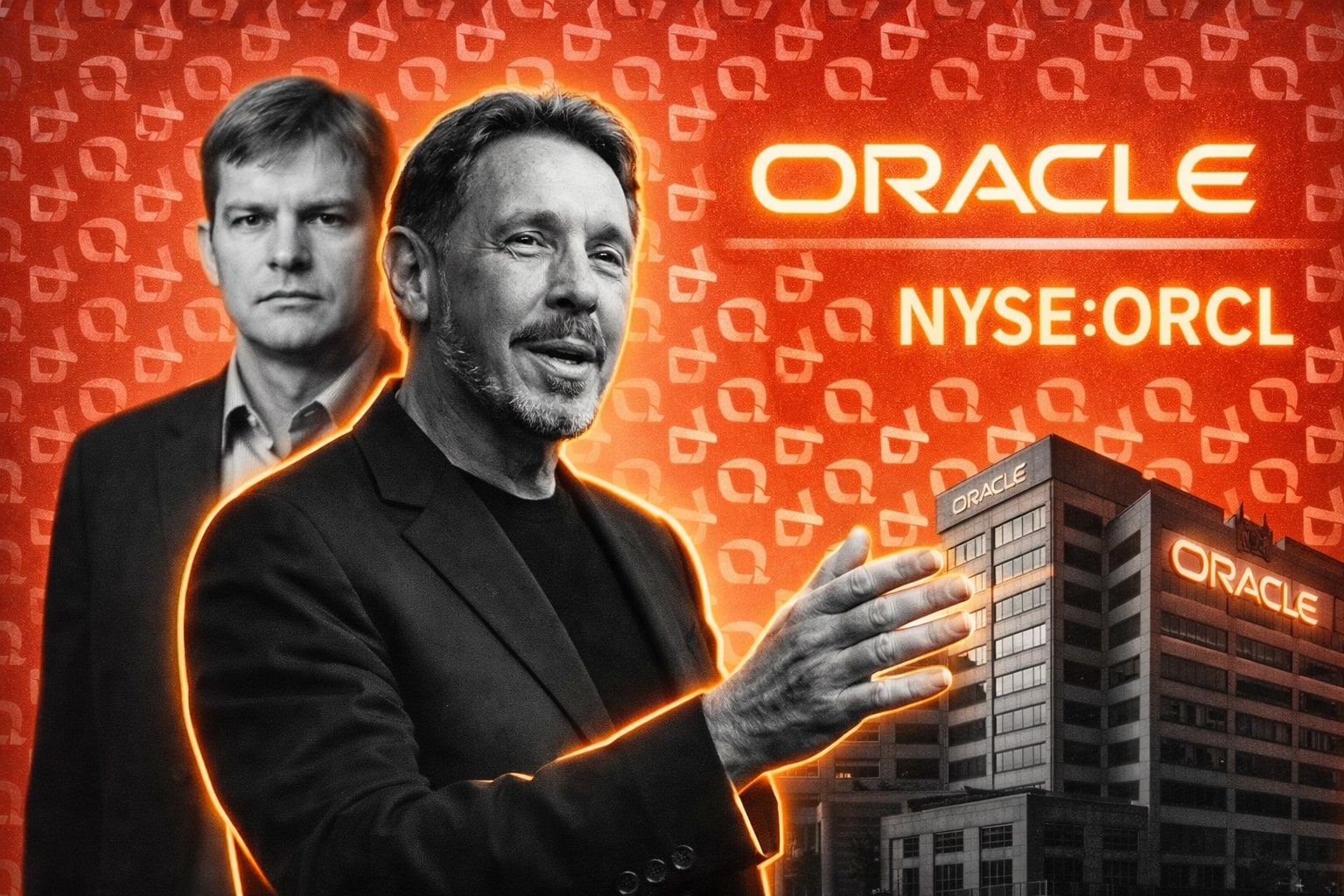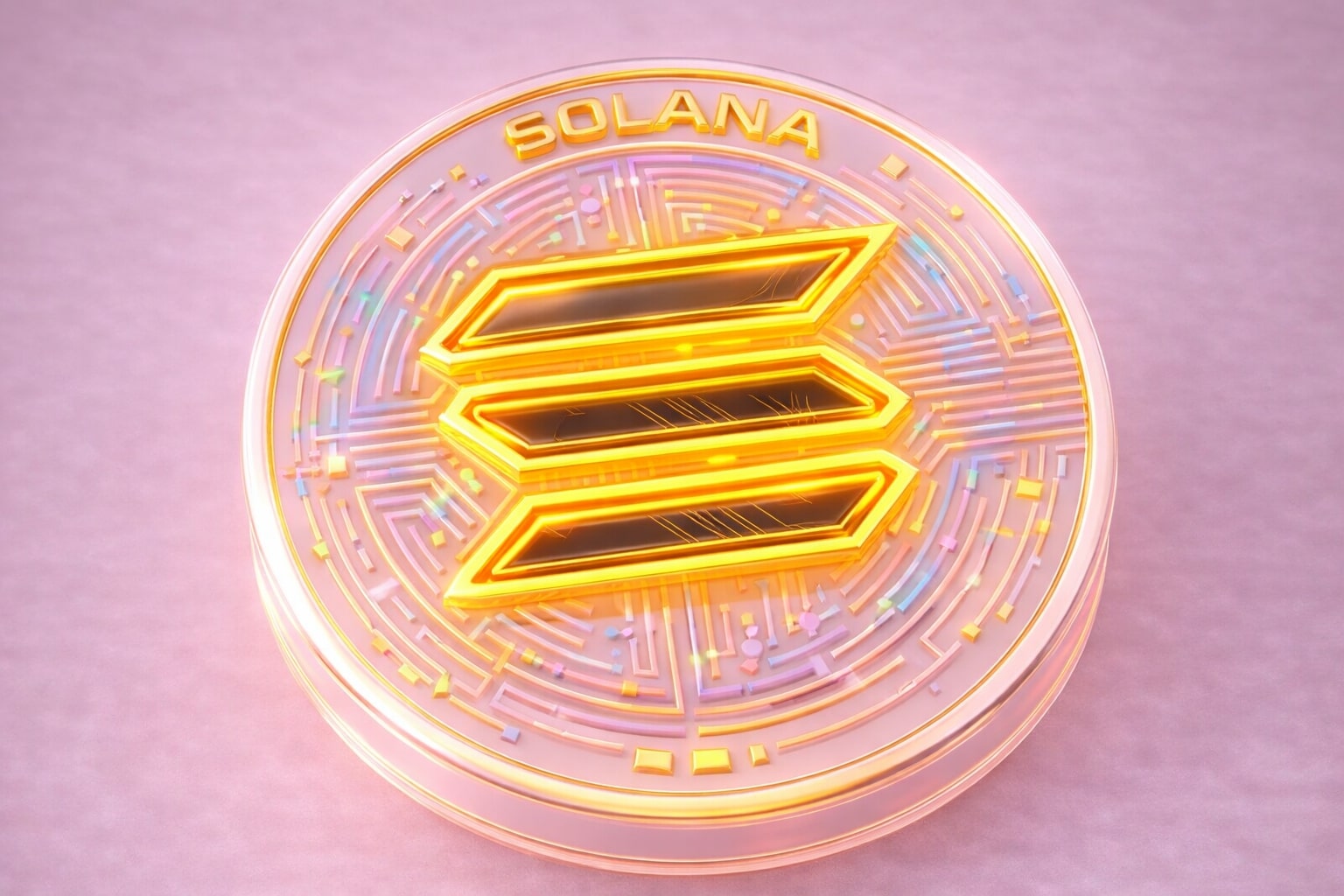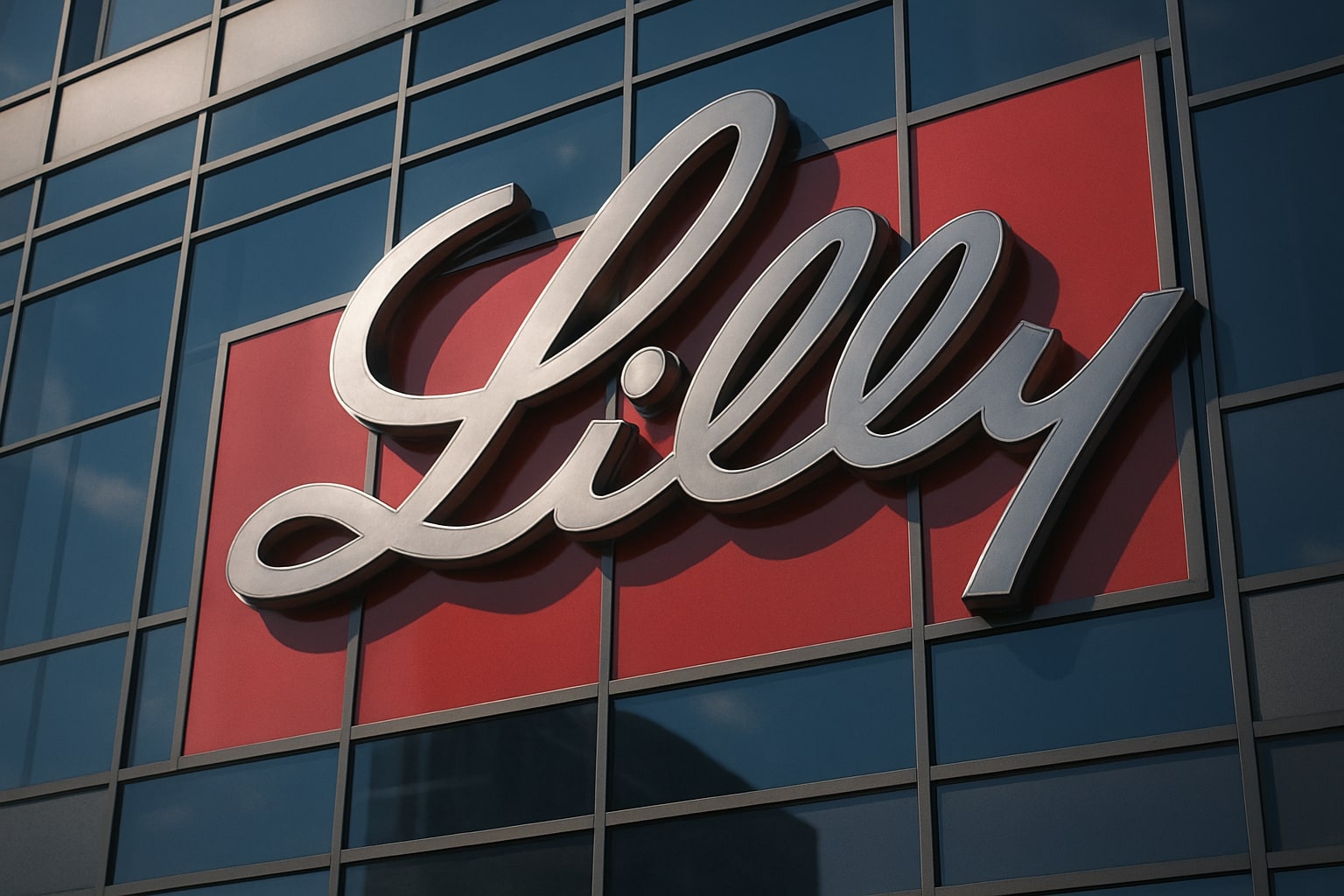
Eli Lilly Stock Price Forecast - LLY Holds $751 as Zepbound Explodes, Orforglipron Targets FDA Fast-Track
With $15.56B Q2 revenue up 38%, $5B Virginia plant investment, and pipeline momentum in obesity and diabetes, Eli Lilly stock eyes $900+ despite debt risks and fierce GLP-1 competition | That's TradingNEWS
Eli Lilly (NYSE:LLY) Faces Mixed Market Reaction as Shares Close at $751.99
Eli Lilly NYSE:LLY ended the latest session at $751.99, down 1.43%, before edging slightly higher in after-hours trading to $753.00. The stock remains well below its 52-week peak of $939.30, but comfortably above the $623.78 low, reflecting how investors are recalibrating valuation against blockbuster drug momentum and pipeline uncertainty. The company commands a $674.1 billion market cap, supported by trailing twelve-month revenue of $53.26 billion and net income of $13.8 billion, giving it a trailing P/E of 49.15 and a forward P/E of 24.94.
Explosive Growth in Mounjaro and Zepbound Sales Driving Top-Line Expansion
Eli Lilly’s dominant position in the GLP-1 market has been cemented by Mounjaro and Zepbound, which posted combined Q2 2025 sales exceeding $8.5 billion. Zepbound revenues surged 172% year-on-year to $3.38 billion, while Mounjaro advanced 68% year-on-year to $5.2 billion. These products alone pushed total Q2 revenue to $15.56 billion, up 38% from the prior year. With the global T2D market forecast to hit $73.31 billion by 2032, Lilly’s expansion into adolescent and pediatric patients with the SURPASS-PEDS data could extend its addressable market by billions annually.
Orforglipron Shows Promise in Diabetes, Mixed Signals in Obesity Trials
Pipeline strength is centered on orforglipron, Lilly’s once-daily oral GLP-1 candidate. Phase 3 ACHIEVE-3 results demonstrated superior A1C reductions of -2.2% versus -1.4% for semaglutide 14 mg in T2D patients, a critical differentiator for regulatory submissions planned in 2026. However, obesity readouts were less compelling, with 12.4% weight loss after 72 weeks, trailing Novo Nordisk’s semaglutide 25 mg results at 16.6%. Despite this, analysts see a commercial advantage given manufacturing scalability and potential FDA fast-track review under the new Commissioner’s National Priority Voucher system, which could cut approval time from 10 months to as little as 60 days. Goldman Sachs estimates an early launch could add $1 billion in incremental revenue in the first year.
Manufacturing Expansion and Capital Commitment Reinforce Long-Term Strategy
Beyond the pipeline, Eli Lilly has committed $50 billion to U.S. manufacturing expansion since 2020, with the latest $5 billion Virginia facility expected to create 650 high-paying pharma jobs and 1,800 construction jobs. This will be the company’s first integrated bioconjugate and monoclonal antibody facility, boosting supply of antibody-drug conjugates (ADCs) and next-gen therapies. Three more U.S. facilities are planned, highlighting management’s aggressive domestic build-out. CEO David Ricks emphasized the Virginia plant as a cornerstone for bioconjugate innovation, underscoring Eli Lilly’s goal of resilient supply chain control as demand accelerates.
Profitability, Cash Flow and Financial Ratios Under Scrutiny
Profit margins remain elite, with a 25.91% net margin and 86.29% return on equity, far above industry norms. However, the balance sheet reveals vulnerabilities: debt-to-equity stands at 217.89%, with levered free cash flow negative at -$2.27 billion despite $10.94 billion in operating cash flow. Total cash of $3.55 billion appears modest relative to expansion commitments. On valuation, Price-to-Sales is 12.74, Price-to-Book is 36.89, and EV/EBITDA is 36.13, all signaling stretched multiples.
Competitive Landscape: Novo Nordisk, Viking, and Structure Therapeutics in Focus
Novo Nordisk (NYSE:NVO) remains Eli Lilly’s fiercest competitor, with semaglutide dominating obesity prescriptions. Viking Therapeutics (NASDAQ:VKTX) is advancing its oral and injectable VK2735, while Structure Therapeutics (NASDAQ:GPCR) is developing Aleniglipron, another oral GLP-1 agonist. Analysts warn of eventual pricing pressure as more oral therapies enter the market. Goldman Sachs projects GLP-1 global sales could top $150 billion annually by 2030, leaving room for multiple players but likely driving margin compression.
Broader Portfolio Performance Beyond GLP-1 Blockbusters
Lilly’s oncology and immunology drugs are also showing traction. Jaypirca generated $123 million in Q2, up from $92 million, and could accelerate with a frontline CLL label in 2026. Ebglyss for atopic dermatitis hit $87 million, and Omvoh doubled sequential sales to $75 million in Crohn’s disease. Kisunla, Lilly’s Alzheimer’s entry, delivered $48.6 million in Q2, a modest but encouraging launch given skepticism after Biogen’s and Eisai’s slow uptake with Leqembi. On the downside, Verzenio growth is slowing as Novartis’ Kisqali gains share in breast cancer.
Read More
-
QQQ ETF At $626: AI-Heavy Nasdaq-100 Faces CPI And Yield Shock Test
11.01.2026 · TradingNEWS ArchiveStocks
-
Bitcoin ETF Flows Flip Red: $681M Weekly Outflows as BTC-USD Stalls Near $90K
11.01.2026 · TradingNEWS ArchiveCrypto
-
Natural Gas Price Forecast - NG=F Near $3.33: NG=F Sinks as Supply Surges and China Cools LNG Demand
11.01.2026 · TradingNEWS ArchiveCommodities
-
USD/JPY Price Forecast - Dollar Breaks Toward ¥158 as Yen Outflows and US Data Fuel Dollar Charge
11.01.2026 · TradingNEWS ArchiveForex
Analyst Targets and Market Sentiment
Wall Street consensus remains bullish with an average target of $884.31, nearly 18% above current levels. Some analysts are more aggressive: Wells Fargo targets $1,100, Morgan Stanley $1,135, and Citigroup $1,190, while Berenberg recently downgraded to Hold after weaker orforglipron obesity results. Quant models show a more cautious “Hold” at 3.45, reflecting valuation risks. Insider trading records show recent open-market purchases, signaling confidence from management. Institutions control 83.85% of shares, with short interest low at 1.01% of float.
Trading Outlook and Technical Levels for NYSE:LLY
With the stock at $751.99, the 50-day moving average is $739.80, while the 200-day stands at $785.93. Momentum indicators suggest consolidation, with resistance at $800 and strong support at $740. A breach of $740 could retest $700, while a breakout above $800 could reignite a run toward $900+. The stock has returned 17.19% in one year and 415.87% over five years, far outpacing the S&P 500’s 100.77% in the same period. Dividend yield remains modest at 0.80%, with a payout ratio of 36.6%.
Investment Case: Eli Lilly at Crossroads of Growth and Valuation
Eli Lilly’s fundamentals remain anchored in GLP-1 dominance, diversified pipeline momentum, and aggressive U.S. expansion. Risks include valuation compression, heavy debt load, and rising competition in obesity. But blockbuster sales of Zepbound and Mounjaro, strong phase 3 data in T2D, FDA fast-track potential for orforglipron, and the largest capital expansion program in company history justify the premium. Based on financials, competitive moat, and technical setup, the stock should be rated a Buy, with near-term volatility offering accumulation zones around $740–$760 and medium-term upside targets of $900–$1,100 if pipeline and sales momentum hold.














